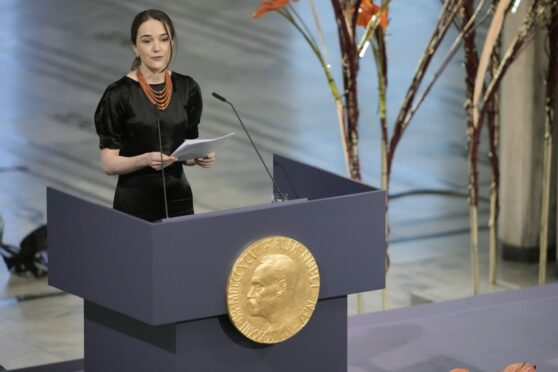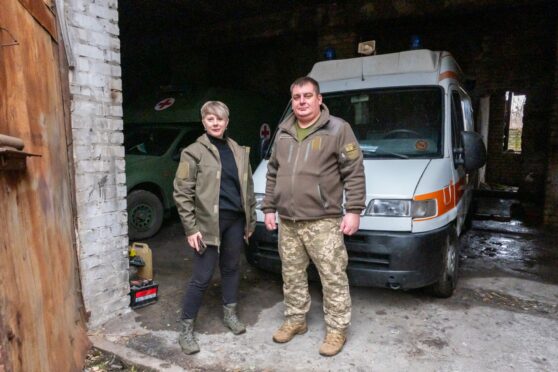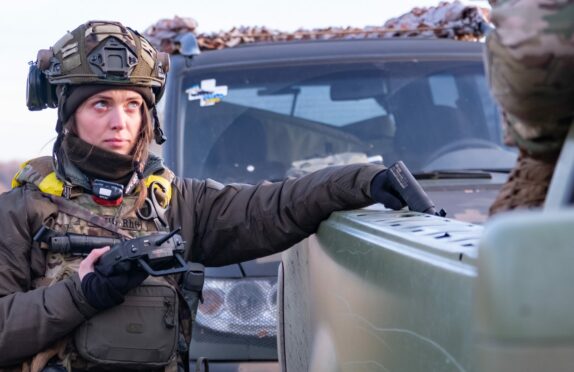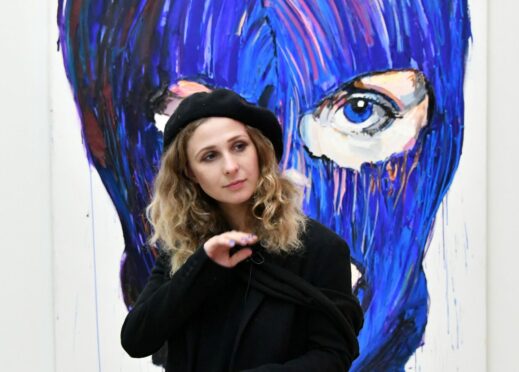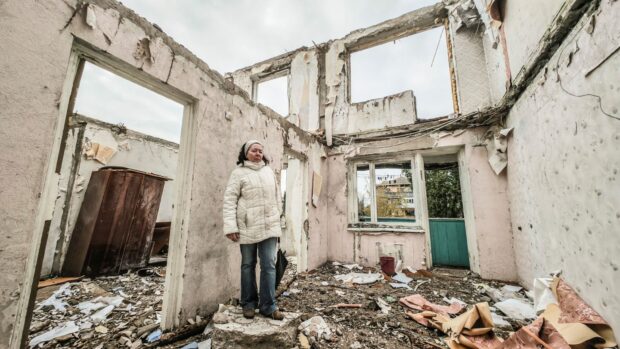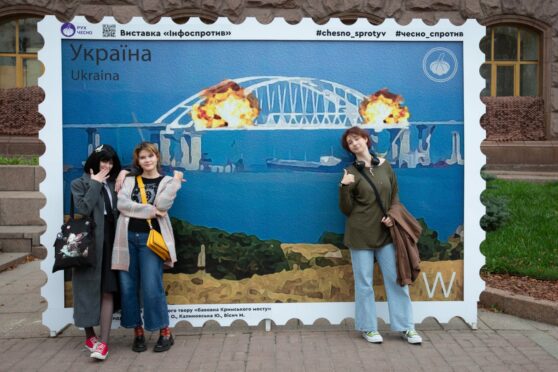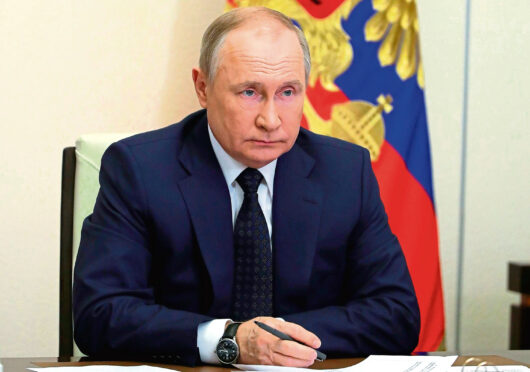
Attentive Russian television viewers may have noticed something a little odd about their president’s behaviour when he was shown talking about the war in Ukraine a few days ago.
He looked distinctly nervous – gesticulating and twitching. Not at all the confident boss they are used to.
What he had to say was equally disjointed. Vladimir Putin kept justifying Russia’s “special military operation” against Ukraine, almost as if he no longer quite believed the reasons he had given when he launched it seven weeks ago.
“It was inevitable,” he repeated several times. “We were forced to do it. We didn’t have a choice. They were just waiting for the right moment to attack Russia. It was just a matter of time.”
He looked and sounded, for the first time, like a man who was beginning to realise he had made a terrible mistake – and that was before the Ukrainians apparently sank the flagship of the Black Sea fleet, the cruiser Moskva.
Perhaps Putin has finally grasped the enormity of the consequences his unprovoked war against a neighbouring country will have, not just for the world but for him personally.
The man who loved to stride the world stage now has to accept that he will never set foot in a Western country again, for fear of being arrested as a war criminal. He is doomed now to rant like this for ever more, on Russian soil.
So, does he have any plan to get out of this mess? It is clear that he has had to abandon the initial declared goals of his invasion.
Back in February, he said the aim was to “demilitarise and denazify” Ukraine. That implied removing President Zelensky and the government in Kyiv, whom he described as “drug addicts and neo-Nazis”.
After failing to take Kyiv, he changed tack and announced that he would concentrate on “protecting” the eastern Donbas region, where Kremlin-backed separatists staged an uprising in 2014 and have been fighting Ukrainian forces ever since.
Sure enough, Russian forces abandoned their positions close to Kyiv (leaving in their wake hideous scenes of devastation and mass graves). They now look set to launch a massive assault on Ukrainian positions in and around Donbas.
Experts say the kind of total destruction already seen in the city of Mariupol is likely to be repeated in Kharkiv and other east Ukrainian cities.
But what does Putin hope to achieve by flattening Ukrainian towns and murdering thousands of people he describes as Russians’ brothers and sisters?
If all Putin wanted to do was ensure Ukraine did not join Nato, then he could stop fighting now. Ukraine’s Zelensky conceded weeks ago this would never happen, and the country could become neutral.
Peace talks, meanwhile, have got nowhere. Both sides seem ready to fight until victory. And Zelensky, buoyed by military successes and by his success in persuading Western nations to provide ever more lethal arms shipments, looks much more upbeat about it than Putin.
The outcome may depend on how much each man is willing, in the end, to give away.
Since Zelensky has already given up on Nato membership and may finally have to accept both Crimea and the Russian-held Donbas territory, are lost, Putin could probably sell that at home as a victory.
But the signs are that this will no longer satisfy him.
One of his problems is having to live up to the massive expectations created by his own media, which continue to pump out stories about Ukraine as a country overrun by Nazis, being prepared by the West as a bridgehead from which to attack Russia.
Russian television continues to crank up the rhetoric. Last week commentators seemed to be urging a full-scale war – which would, of course, be blamed on Ukraine. “We only intended to mount a special operation,” said one, “but the Ukrainians are trying to turn it into a full-fledged war.” One celebrity demanded “total victory at any cost”.
Russia’s ministry of defence said that, in retaliation for Ukrainian “acts of sabotage”, their armed forces would strike “decision-making centres, including in Kyiv”.
And, sure enough, within hours of the sinking of the Moskva, Kyiv once more came under attack.
In his rambling televised remarks last week, Putin sounded at his most preposterous when he insisted: “What we are doing is helping people, saving them from genocide.”
Meanwhile, his army was pulverising Mariupol and Kharkiv, and he was openly accused of genocide by US President Joe Biden.
Putin has created a situation from which there is no favourable outcome for him.
Defeat is unthinkable, so he may opt for an all-out onslaught to achieve victory.
But a “victory” achieved only by the total devastation of Ukraine can never be sold as anything other than a disaster.
No wonder he is beginning to look haunted.

Enjoy the convenience of having The Sunday Post delivered as a digital ePaper straight to your smartphone, tablet or computer.
Subscribe for only £5.49 a month and enjoy all the benefits of the printed paper as a digital replica.
Subscribe